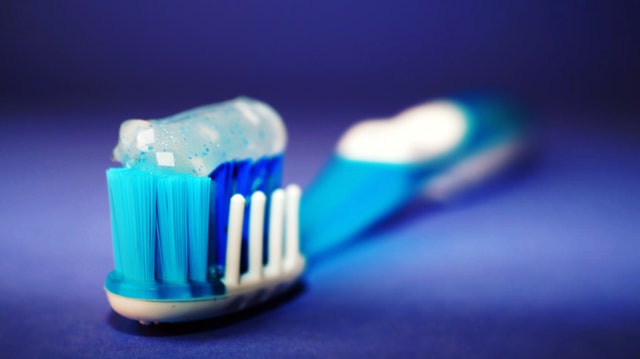Is Your Toothbrush Contaminated? How to Protect Your Oral Health at Home

Brushing your teeth is one of the most basic hygiene habits—but if you’re not careful, it may not be as safe as you think. Recent studies and dental health experts warn that your toothbrush, if not used and stored properly, can become a breeding ground for bacteria that may harm your health.
The Hidden Risk in Your Own Bathroom
It may sound surprising, but toothbrushes can harbor bacteria like Escherichia coli (E. coli), which originates from airborne fecal particles. This contamination typically occurs when you flush the toilet without closing the lid, releasing a cloud of microscopic droplets that can settle on objects in the bathroom—including your toothbrush.
According to experts, the risk increases in shared or poorly ventilated bathrooms. In fact, a study cited by Hillsdale Dental Care and conducted by the American Society for Microbiology found that 60% of toothbrushes stored in shared bathrooms contained traces of fecal matter, regardless of whether they were rinsed with hot water, cold water, or even mouthwash.
What Types of Bacteria Might Be Lurking?
The most common bacteria found on toothbrushes include:
-
Escherichia coli (E. coli): linked to gastrointestinal infections.
-
Streptococcus mutans: contributes to tooth decay and cavities.
-
Staphylococcus aureus: can cause skin and other bodily infections.
-
Lactobacillus: while some strains are beneficial, others can be harmful.
-
Pseudomonas: associated with respiratory and urinary tract infections.
These bacteria can pose even greater risks for people with weakened immune systems, children, or the elderly—important members of many Latino households.
Expert-Backed Tips to Keep Your Toothbrush Safe
Dental health professionals recommend several simple but effective practices to prevent toothbrush contamination:
1. Close the toilet lid before flushing
This small habit can significantly reduce the spread of airborne bacteria.
2. Avoid using plastic covers
While they may seem hygienic, they trap moisture and promote bacterial growth. Hillsdale Dental Care advises against using them.
3. Store your toothbrush upright in a ventilated area
Allowing it to air-dry helps prevent the accumulation of moisture and bacteria.
4. Disinfect regularly
Soaking the brush in antibacterial mouthwash or hydrogen peroxide for a few minutes can help eliminate germs.
5. Replace your toothbrush every 3 months
The American Dental Association (ADA) recommends changing your toothbrush every three to four months—or sooner if the bristles appear worn. You should also replace it after recovering from a cold or viral infection.
Experts agree: maintaining proper toothbrush hygiene is one of the most effective ways to prevent oral and even systemic diseases.
Small actions can make a big difference. Start today—protect your toothbrush like you protect your smile.

